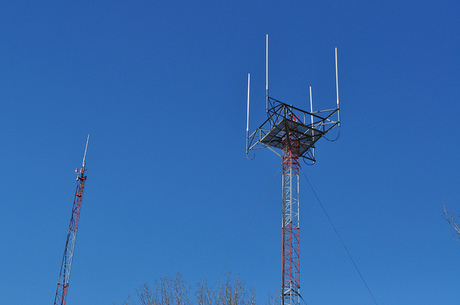Rural demand for NBN far greater than planned

Demand for NBN services outside the fixed-line footprint is up to three times greater than originally anticipated, and the fixed wireless and satellite component of the rollout will cost up to a third more than expected, according to NBN Co’s Fixed Wireless and Satellite Review.
According to the review, conducted by the Boston Consulting Group for NBN Co, there is demand for the NBN from more than 620,000 premises in the fixed wireless and satellite footprint. This compares to just 230,000 envisioned in the company’s 2012-15 Corporate Plan.
The report also estimates that the total cost of the NBN fixed wireless and satellite programs will be up to $5.2 billion - around $1.3 billion more than anticipated.
In a statement, Malcolm Turnbull’s office noted that the estimated additional costs align with assumptions made in the 2013 strategic review of the NBN project, and therefore will not affect the size of the government’s planned investment in NBN Co.
The review estimates that fixed wireless and satellite services will generate $1 billion in accumulated revenues over the period, up from the $200 million expected. NBN Co said the disparity between costs and revenue reflects the loss-making nature of serving premises outside the fixed-line network.
A key finding of the review is that if the rollout had proceeded with Labor’s rollout plan, and based on the revised demand estimates, around 200,000 premises outside the fixed-line footprint would not be able to receive an NBN service.
To address the shortfall, NBN Co should improve construction methods, nearly double the number of planned fixed-wireless base stations from 1400 to 2700, and extend the reach of the fibre-to-the-node (FTTN) network to up to 25,000 more premises.
According to the report, NBN Co also lacks the rights to adequate spectrum to deliver fixed-wireless NBN services to 80,000 premises on the fringes of cities and other urban areas.
The review also provides a recommendation about the technology mix to be used for the “last 8%” of premises not originally scheduled to be passed by NBN fibre. It suggests using fixed wireless for 57% of these premises, satellite for 40% and FTTN for the remaining 3%.
“A central aim of the NBN is to ensure all Australians have access to high-speed broadband no matter where they live or work so they can participate in the digital economy,” new NBN Co CEO Bill Morrow commented. “In order to meet the higher-than-expected demand for broadband in [rural and remote] areas, the review tells us we need to think smarter about the way we use technology.”
He said, as of last week, there were 12,859 fixed-wireless NBN connections, and this portion of the network covered 80,868 premises. There are also 43,652 premises subscribed to NBN’s Interim Satellite Service (ISS), designed as a stopgap measure until NBN Co launches its own satellites in 2015.
The review recommends that the commencement date for the Long Term Satellite Service be moved to early 2016, or sooner if possible. To avoid a repeat of the congestion issues that have plagued the ISS, the review recommends that NBN Co and its retail operator partners work together to manage the capacity on the two craft. This could include developing better and more enforceable fair use controls.
While the review considered a range of commercial options for the fixed wireless segment of the NBN, including sale and lease back arrangements or joint ventures with private operators, it ultimately recommends that the infrastructure remain in public hands for the foreseeable future. But it does recommend that NBN Co negotiate with private mobile operators over potential opportunities to share telecom towers.
Hybrid environments are here to stay: ensure your technology is ready
These days it seems like it is all about software — so much so that software's integral...
Next-gen wireless network for PCEC
Perth Convention and Exhibition Centre has selected Hewlett Packard Enterprise HPE Aruba...
Intelligent networks: a software-defined future
No matter how sophisticated your technology and people are, they will only reach their full...




